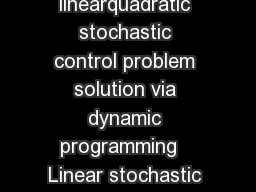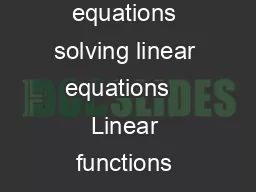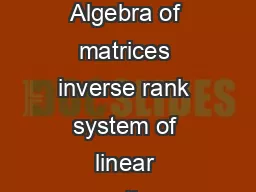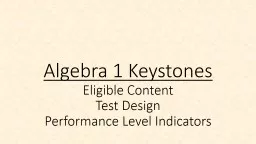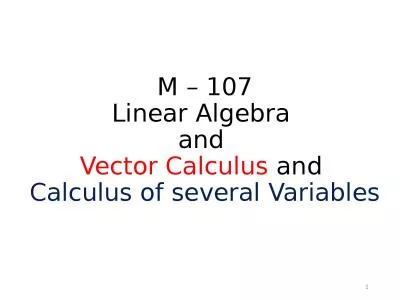PPT-Sketching as a Tool for Numerical Linear Algebra
Author : mitsue-stanley | Published Date : 2018-02-25
All Lectures David Woodruff IBM Almaden Massive data sets Examples Internet traffic logs Financial data etc Algorithms Want nearly linear time or less Usually at
Presentation Embed Code
Download Presentation
Download Presentation The PPT/PDF document "Sketching as a Tool for Numerical Linear..." is the property of its rightful owner. Permission is granted to download and print the materials on this website for personal, non-commercial use only, and to display it on your personal computer provided you do not modify the materials and that you retain all copyright notices contained in the materials. By downloading content from our website, you accept the terms of this agreement.
Sketching as a Tool for Numerical Linear Algebra: Transcript
Download Rules Of Document
"Sketching as a Tool for Numerical Linear Algebra"The content belongs to its owner. You may download and print it for personal use, without modification, and keep all copyright notices. By downloading, you agree to these terms.
Related Documents


